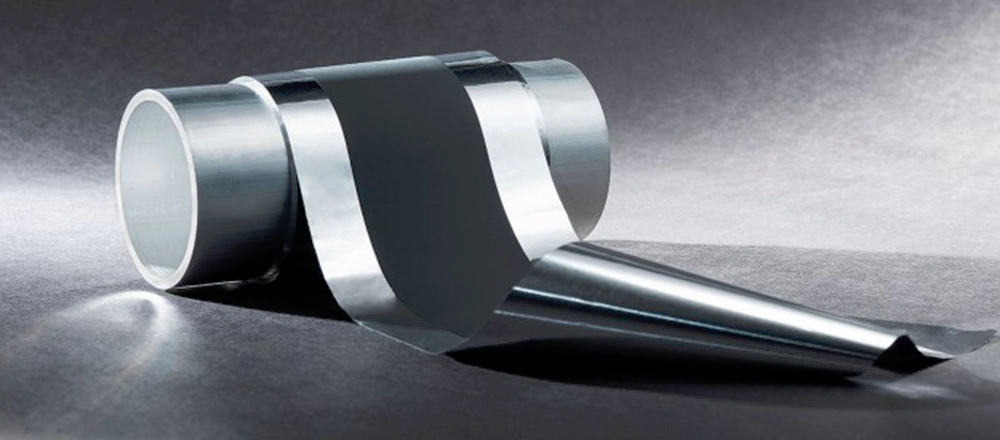The battery slurry is a highly viscous solid-liquid two-phase suspension system, and to assess the stability of this system, the first step is to study its composition and its functional properties. Most of the lithium industry uses oil-based slurry, which is a mixture formed by mixing and dispersing active materials, binders, conductive agents, solvents, etc. in a certain ratio and order.

As the main electrochemical active component in the cathode slurry, the cathodeactive material determines the voltage, energy density and other basic properties of the battery and is the core soul of the slurry system. The particle size distribution, specific surface area, pH or residual alkali value and other properties of the active material affect the stability of the slurry.
Particle size distribution:
The particle size and particle size distribution of the active material is an important factor in the slurry making process. The smaller the particles of the active material, the greater the viscosity of the continuous phase, the weaker the slurry stratification phenomenon caused by gravity, and the better the stability of the suspension system. However, when the particle size is reduced to a certain tiny size, the bonding force between the particles becomes the main role, and agglomeration will occur between the particles, which is not conducive to the stability of the system. Therefore, in the dispersion of the slurry, the particle size is not the finer the better, but it should be distributed in a narrow size range to achieve the mutual balance of suction and repulsion, so as to ensure the stability of the slurry system.
Specific surface area:
It is an important factor affecting the performance of the cell. The larger the specific surface area the better the electrochemical performance of the cell, which is directly reflected in the lower internal resistance of the cell, easier performance of the capacity, and better cycling performance and multiplier performance. However, too large specific surface area makes the sample adhesion in the slurry enhanced, which is not conducive to inter-particle dispersion.
pH or residual alkali value:
The pH value itself does not affect the stability of the slurry, but the alkaline environment has a greater impact on the binder and can lead to changes in the structure of the binder itself. Especially for cathode ternary materials because of the excess lithium salt in its synthesis process, the excess lithium salt generates lithium (Li) oxide after high temperature calcination, which reacts with water (H2O) and carbon dioxide (CO2) in the air to generate lithium hydroxide (LiOH) and lithium carbonate (Li2CO3) again, which remains on the material surface and will make the pH value of the material higher.
The main role of the binder in the slurry is to bond the active material, the conductive agent and the collector, to enhance the electronic contact between the electrode active material and the conductive agent and the collector, and to provide a stable support role for the slurry system. Nowadays, polyvinylidene fluoride (PVDF) is commonly used as binder in the lithium industry because PVDF has good processing performance, thermal stability (long-term use temperature -40 ~ 150℃), and adaptability and stability to electrolyte. The binder is wrapped around the active material by mechanical stirring after dissolving in nitrogen methylpyrrolidone (NMP), and bonded by hydrogen bonding force and van der Waals force, etc. The factors affecting the bonding strength of the binder are mainly intermolecular polarity, molecular weight, solvent content, etc.
The main role of the conductive agent in the cathode slurry is to reduce the internal resistance of the battery and improve the capacity volatilization, generally choose conductive carbon powder with CNT slurry as the main conductive agent. Because of its low particle size (easy to form 1-5mm clusters) and large specific surface area (about 60m2/g), it is difficult to disperse uniformly in the slurry, so the requirements for the mixing process are very high.
Dispersants
The main role of dispersant in cathode slurry is to dissolve the binder and provide a good carrier for the active material to be dispersed more uniformly. In the coating stage, the dispersant is required to have good wettability and fluidity to the metal substrate and good volatility when drying. Compared with other dispersants such as H2O, NMP, DMAC (dimethyl acetamide), DMF (dimethyl formamide), etc., NMP has the advantages of high solubility, low viscosity, low volatility, good stability and easy recovery, so the industry generally adopts the NMP-PVDF system. On the contrary, if NMP accounts for less, the viscosity of the slurry is large, the powder is not well dispersed and the liquidity of the slurry is low. Therefore, there is no strict control requirement for the amount of NMP added, the most critical thing is to ensure that it can be evenly coated.
Moisture
Moisture exists as an impurity in the oily slurry, mainly brought in by the raw material in the slurry or during mixing. The increase of its content will affect the viscosity of the slurry, destroy the uniformity of the solvent, lead to the agglomeration of cathode particles into clusters, and the phenomenon of peeling and falling off when the pole piece is placed after drying, so the introduction of moisture needs to be controlled both in the raw material and in the mixing.
TOB NEW ENRTGY provides a full range of battery materials